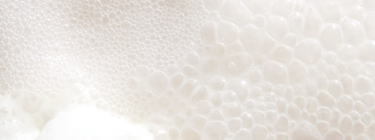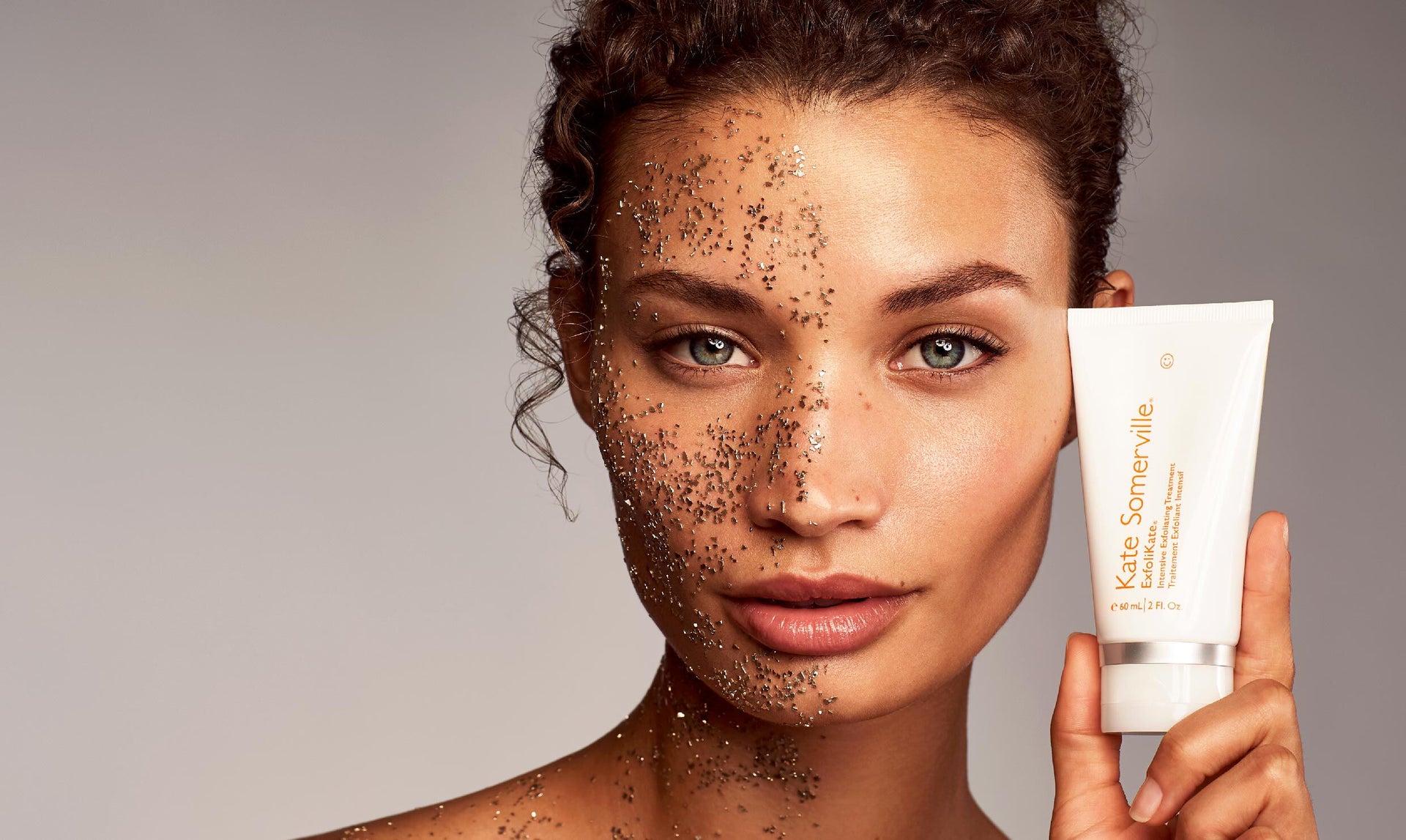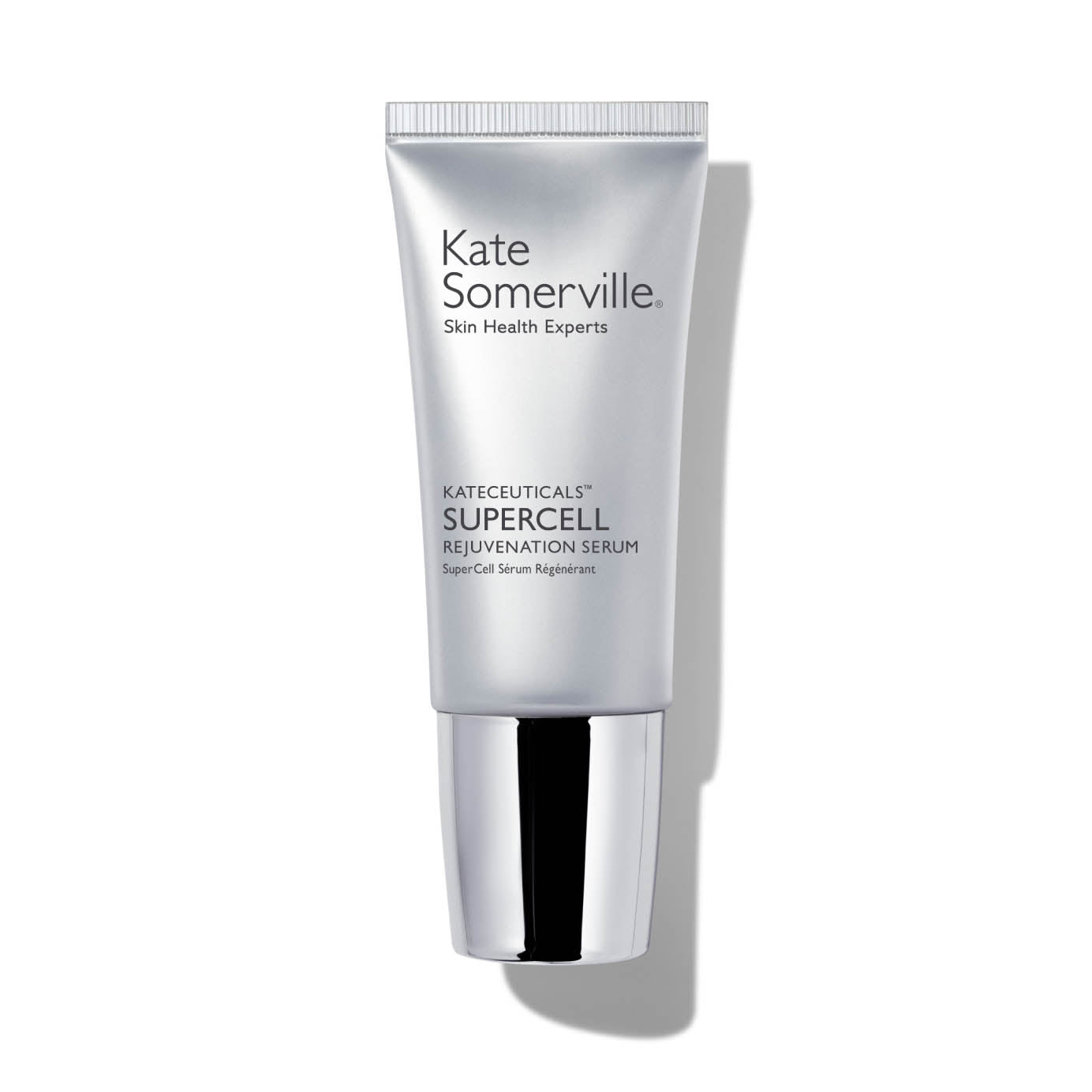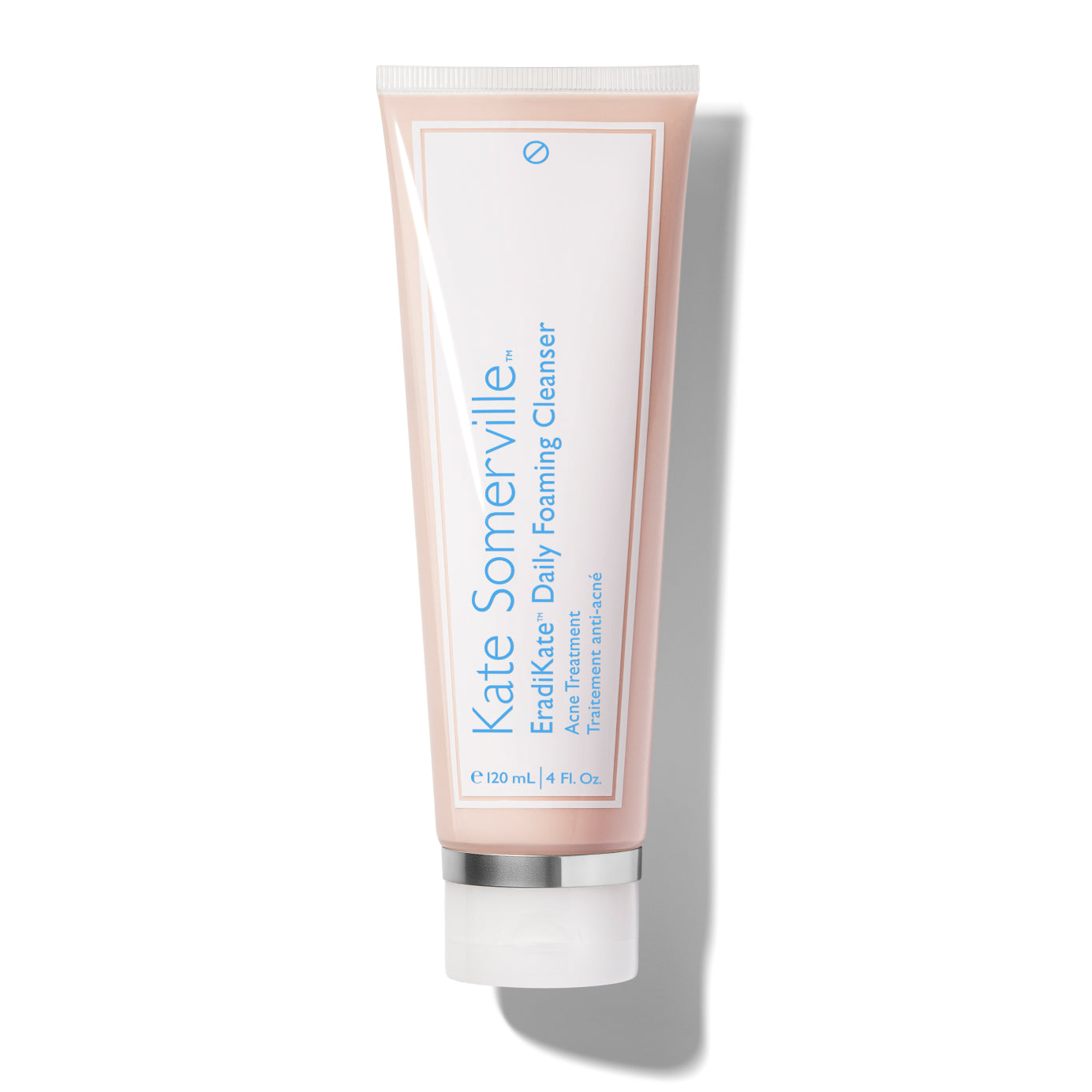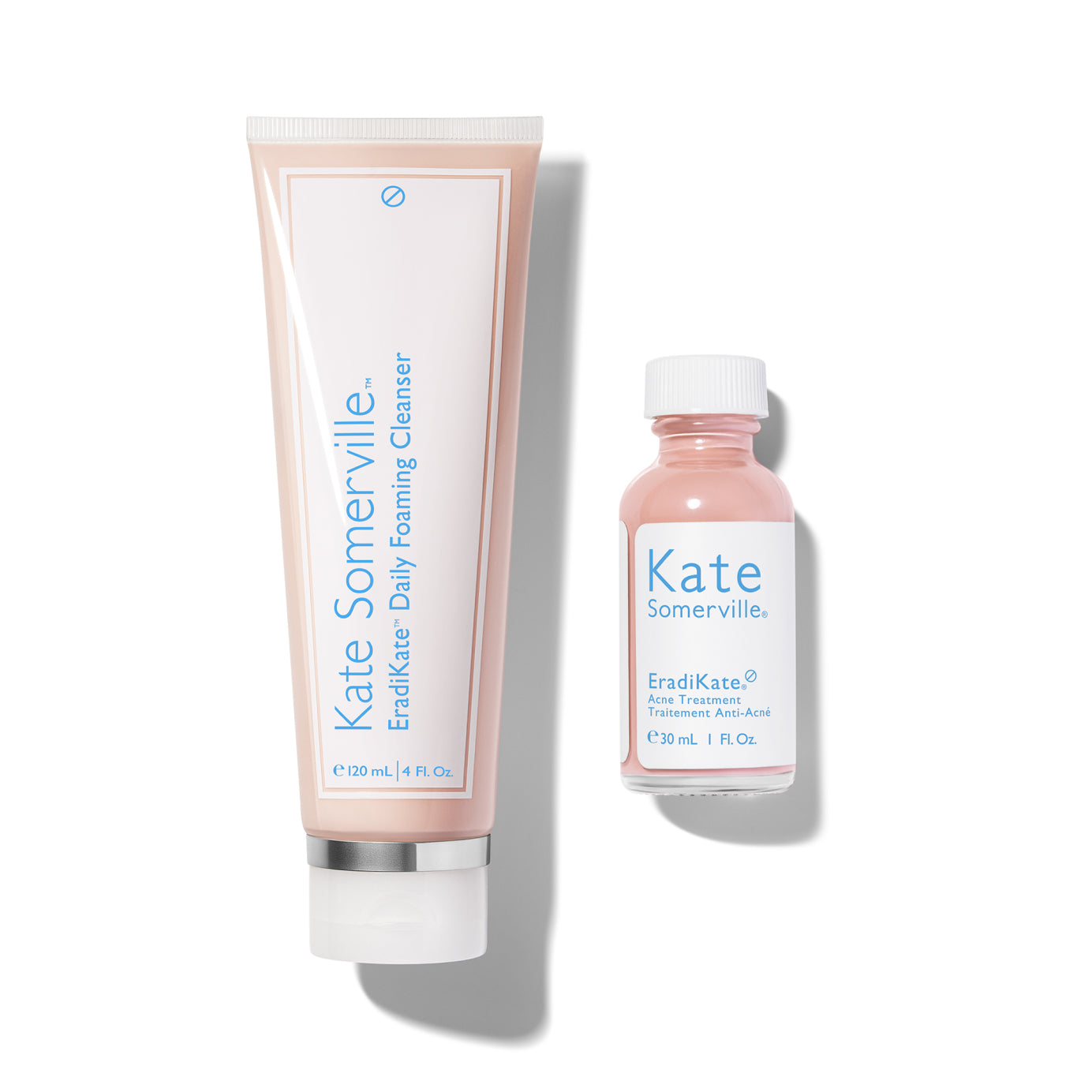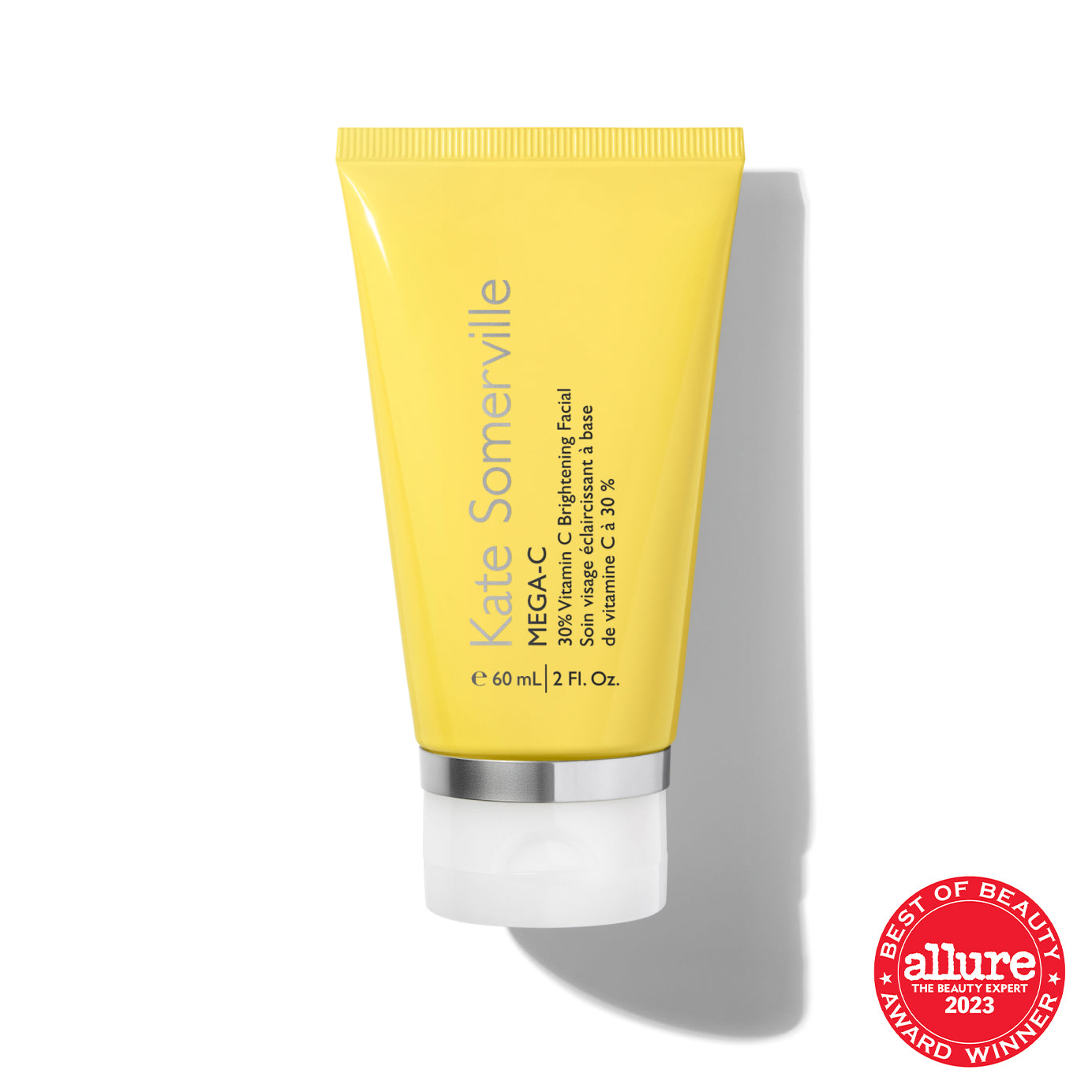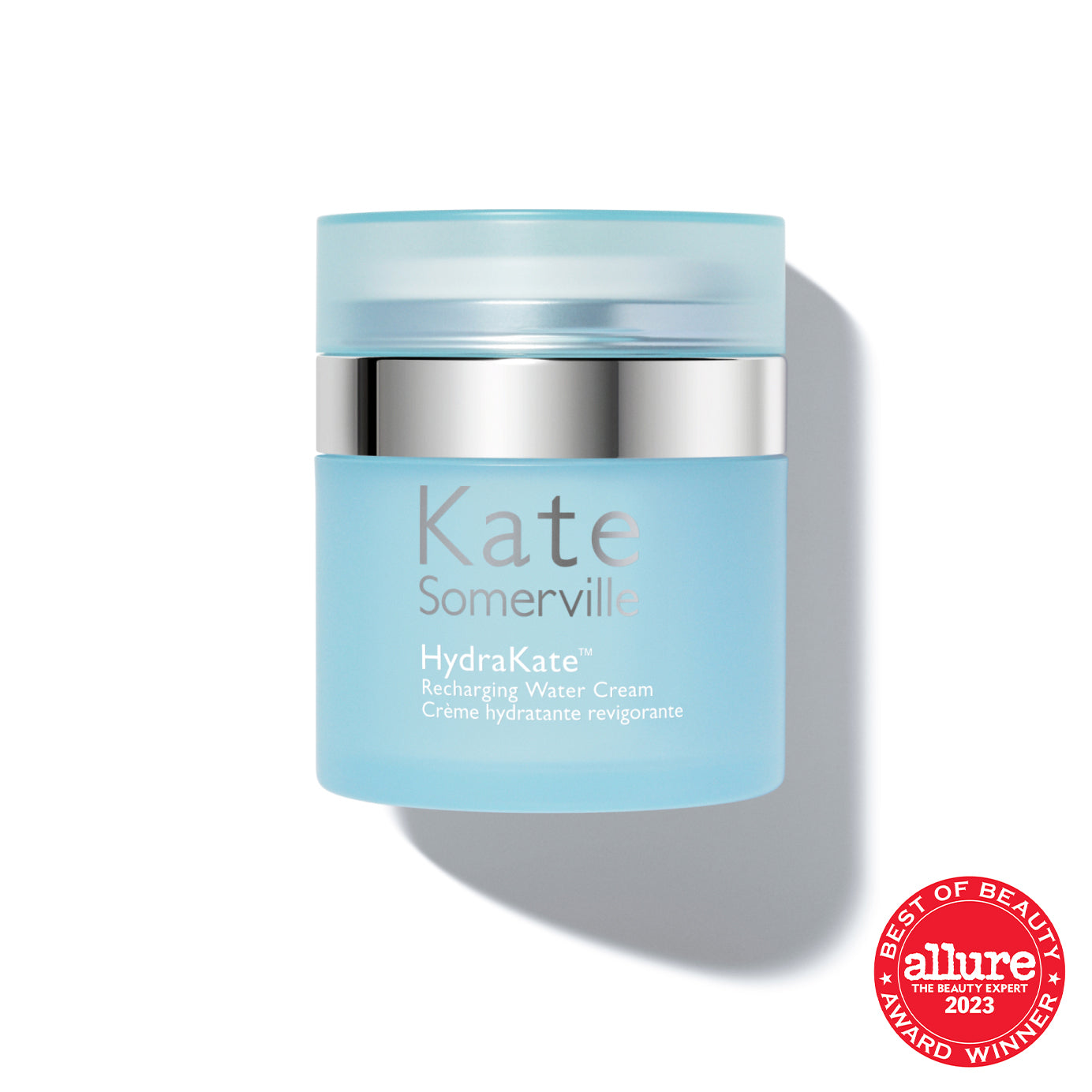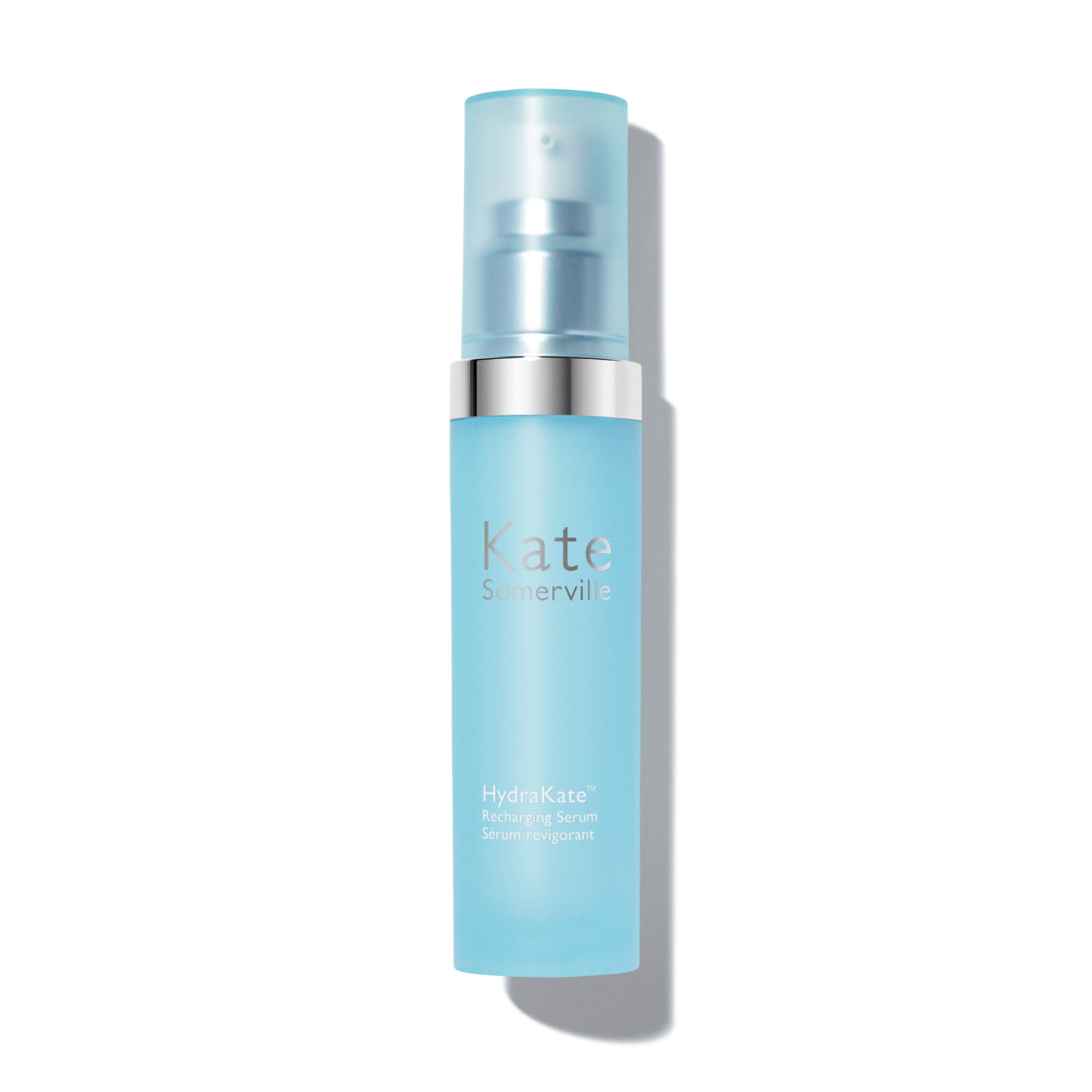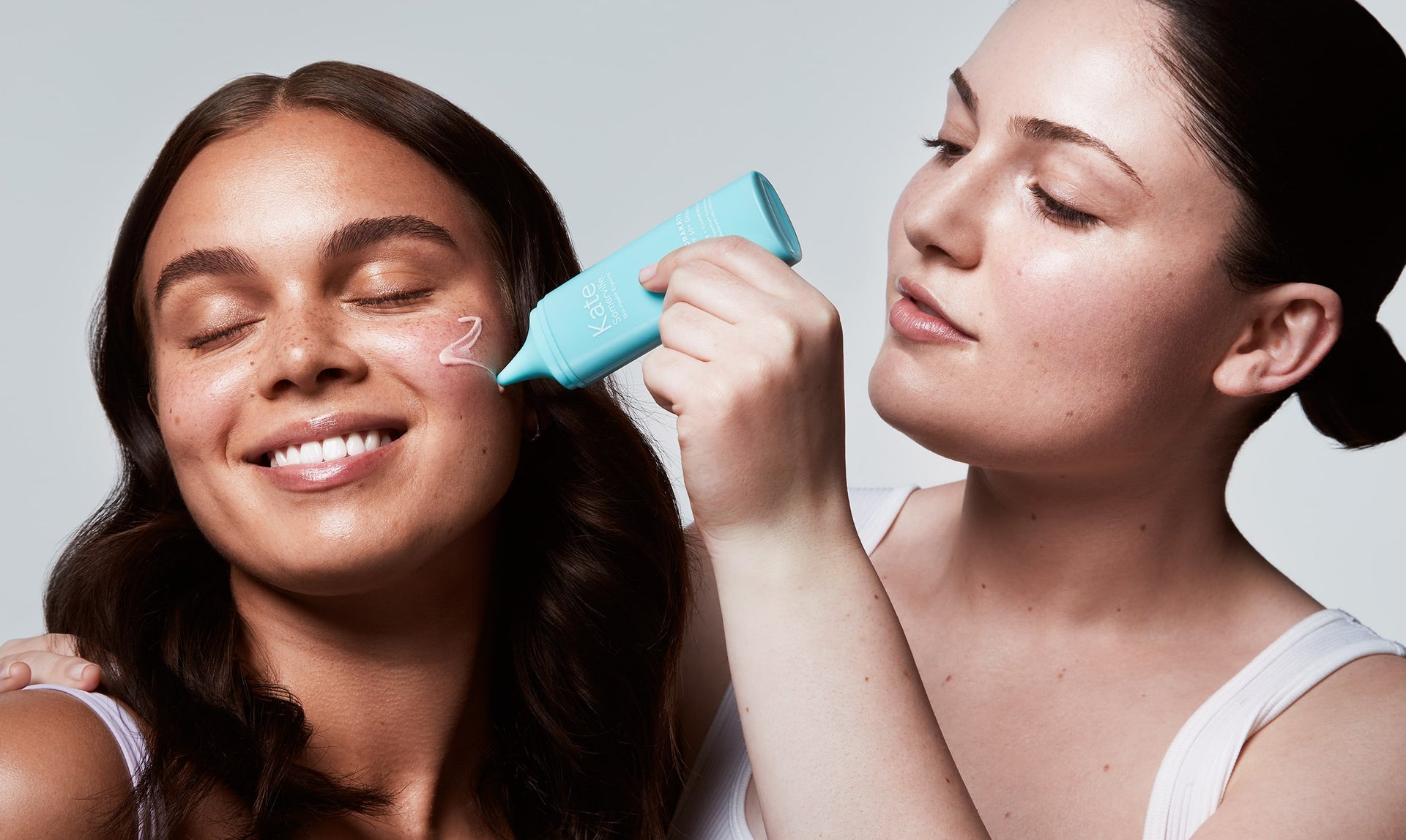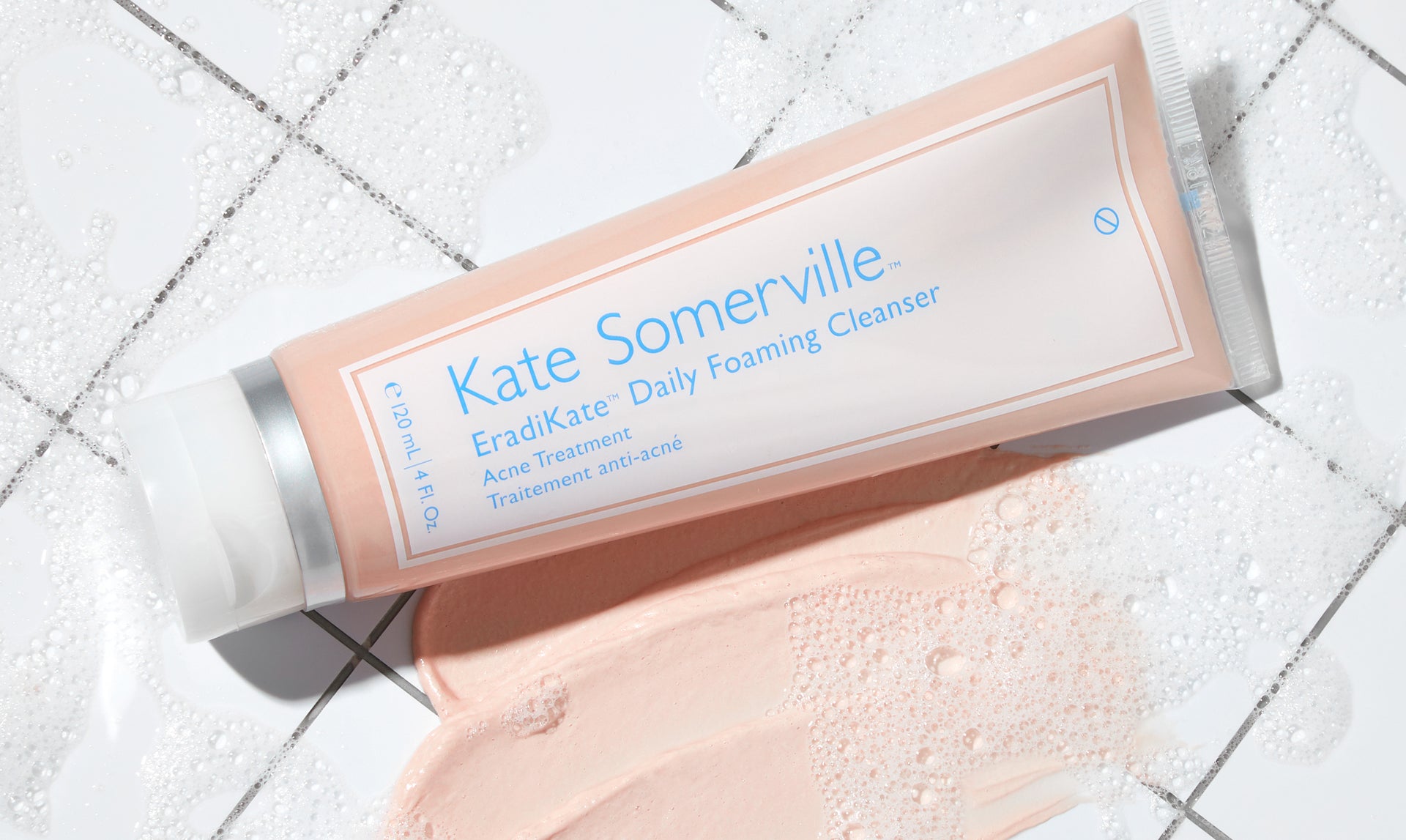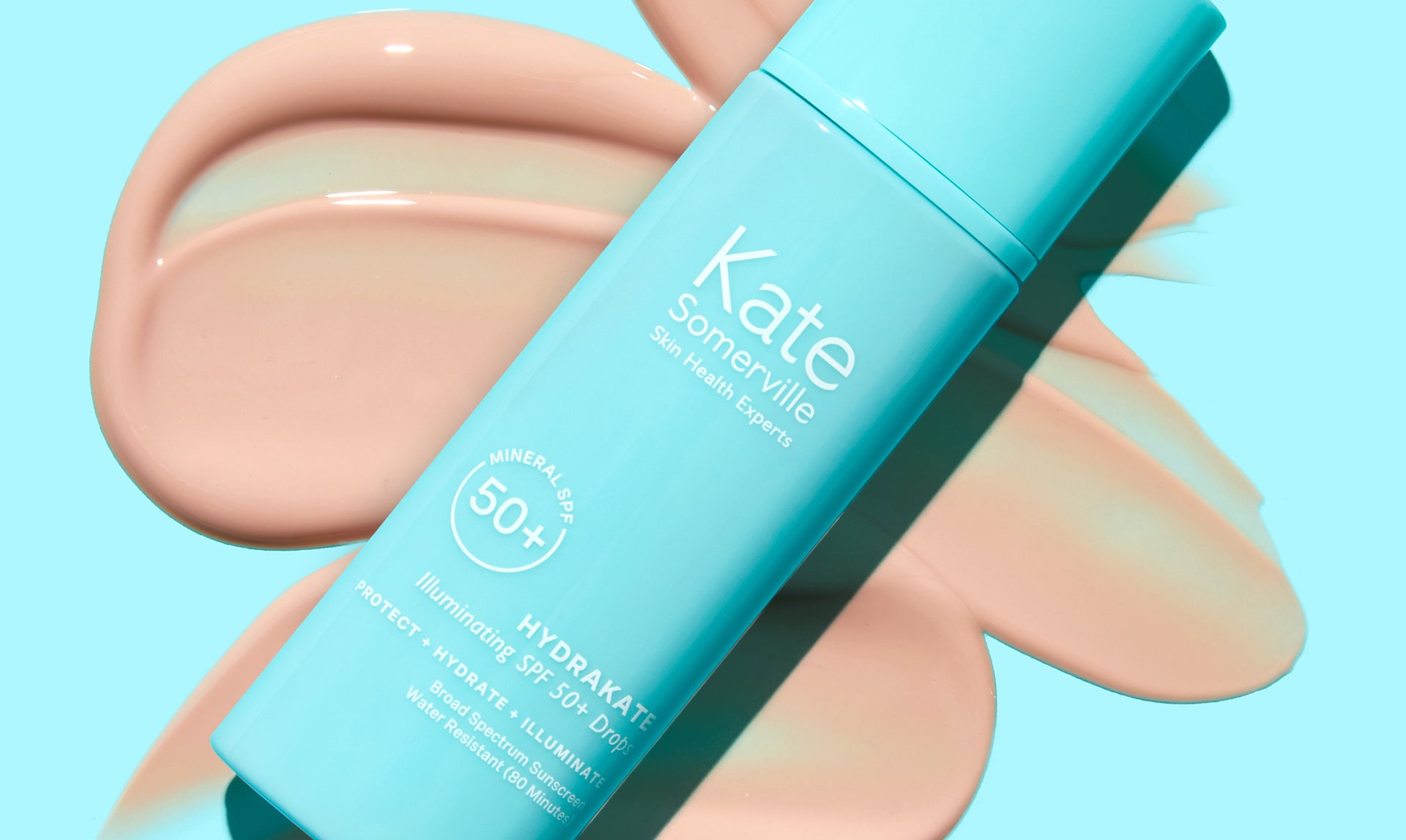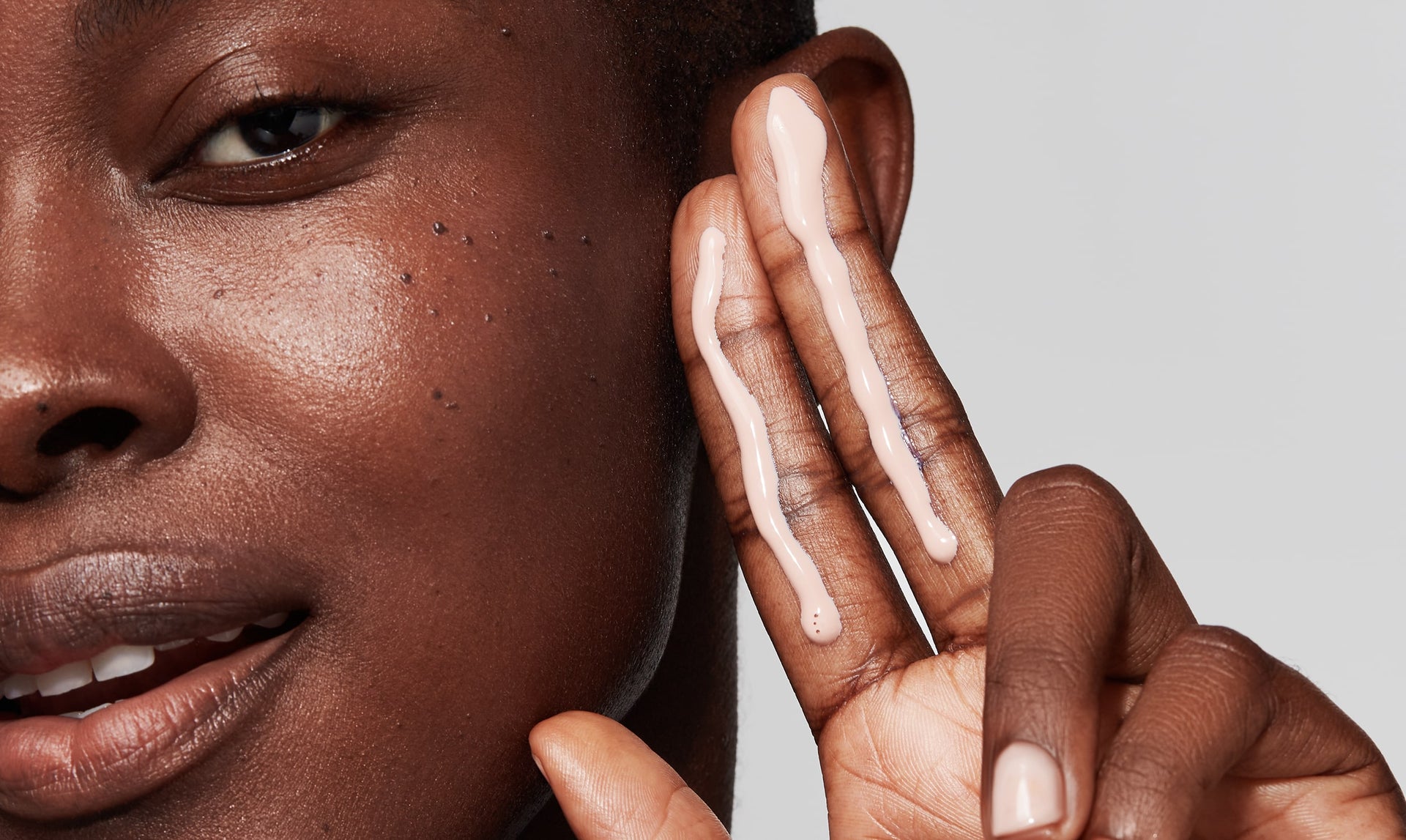If you’re seeing small dark spots appearing on your chin, nose, or cheeks, this is a form of acne known as blackheads. With just a quick search, you can discover how to clear up the blackheads you're struggling with and prevent them from forming in the future. However, if you've tried just about everything and nothing has worked, there's a chance that what you're seeing is not blackheads, but instead sebaceous filaments.
Blackheads and sebaceous filaments are easily confused, and for good reason. They look incredibly similar. And while they may look the same, the way you treat each is very different. Continue reading to discover the difference between sebaceous filaments and blackheads, how to identify them, and the most effective treatment plan for each.
What is a Sebaceous Filament?
If you’ve never heard this skincare term, you’re not alone. Here’s what you need to know. Our faces are covered in hair called peach fuzz. While the color and amount of hair differ from person to person, nearly all of us have a bit of peach fuzz. Each hair follicle on your body contains a single hair and a sebaceous gland that produces a special kind of oil, also known as sebum, that works to keep your skin naturally moisturized.
So, what is a sebaceous filament? Sebaceous filaments are composed of three things: wax esters, triglycerides, and squalene. These special filaments live inside each of your pores and work tirelessly to keep the sebum oil flowing along the lining of your skin [1].
Most of the time, sebaceous filaments go unnoticed. However, those with oily skin may notice them more than other skin types. If excess sebum is produced, these filaments become more visible. This overactivity of your sebaceous glands causes small oil collections and dead skin cells to build up within your pores. When these pores become visible, they usually look like blackheads. The only difference being that they are not as dark. Instead, sebaceous filaments are usually grey-ish or tan in color.
How to Tell if you Have Sebaceous Filaments
Are you wondering if the small dots on your face are sebaceous filaments? If you have oily skin and notice tiny, pin-sized dots on your skin’s surface, it’s either blackheads or sebaceous filaments. Look closely to see if they’re nearly black, which means it’s a blackhead, or more grey, yellow, or a clear tint, which is most likely sebaceous filaments.
What is a Blackhead?
Now that you know what a sebaceous filament is, let’s talk about blackheads. Clogged pores can result in blackheads, which are a form of acne known as open comedones. They form when the opening of a hair follicle becomes clogged with dead skin or oil. The clogged material within the enlarged pore is oxidized by the air making it appear black in color [2].
How to Tell if You Have Blackheads
Aside from color, another way to tell if what you're seeing is a blackhead is if the gunk within the large pore pops out with a standard blackhead treatment like a pore strip. If the gunk is removed easily, then it's a blackhead. If it isn't, it's probably a sebaceous filament and will require different treatment, which we’ll get into next.
The Main Difference Between Blackheads and Sebaceous Filaments
Now that you better understand the look of sebaceous filaments vs. blackheads, you might be wondering what causes them. Simply put, blackheads are caused by an excess of oil and bacteria responsible for causing acne. Visible sebaceous filaments are not caused by bacteria, but rather by a clogged pore, causing it to look much larger than it is. These filaments appear in the same places as blackheads, but they are not considered acne and should be approached differently.
Treatment for Blackheads and Sebaceous Filaments
When treating blackheads, the best method is to use a treatment that is designed specially to fight breakouts and acne-forming bacteria. Our Kate Somerville EradiKate® Collection is clinically formulated to keep your skin blemish-free while also fighting existing acne. From our daily cleanser to award-winning spot treatment to our acne-fighting mask and Salicylic Acid all-over treatment and oil free moisturizer, we’ve got your covered when it comes to clinical acne control.
Now, if you've determined that the blackhead-like spots on your skin are instead sebaceous filaments, we suggest using products that focus on your skin’s texture instead. Our clinic super facial ExfoliKate® Intensive Exfoliating Treatment reveals smoother skin and smaller pores in just two minutes. Our holy grail super scrub also helps prep your skin to better absorb the rest of the products used in your skincare regimen, making your routine more effective overall!
When it comes to treating any skin issue, including blackheads and sebaceous filaments, know this. Every skin type is different, and your skin is always changing. Experiment with various treatments to find the best way to unclog your pores. Environmental factors, seasonal changes, and diet also play a huge role in your skin's health. It's essential to revisit your skincare routine frequently to ensure that your skin is receiving the care it needs to remain healthy-looking and glowing!
Sources:
